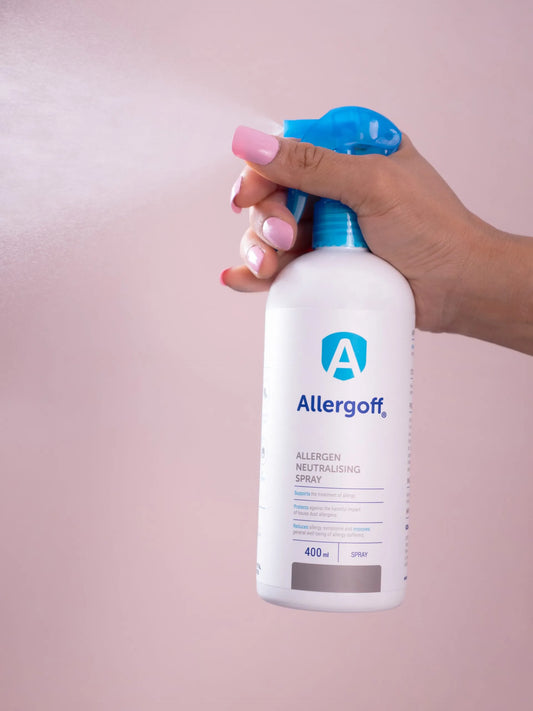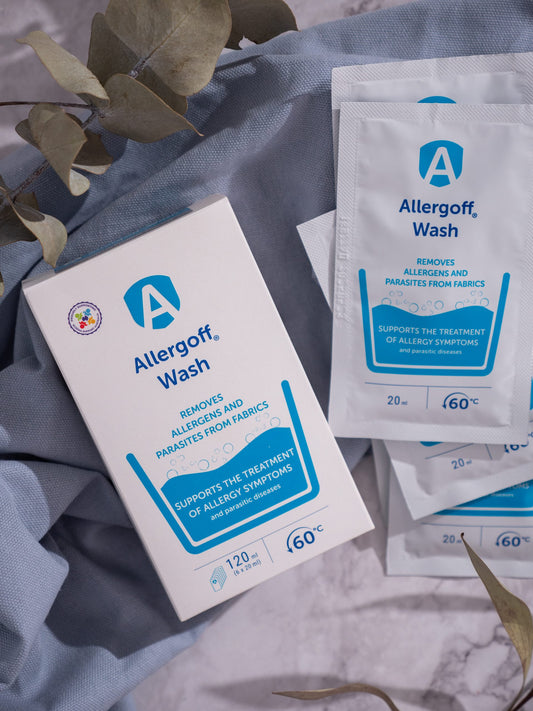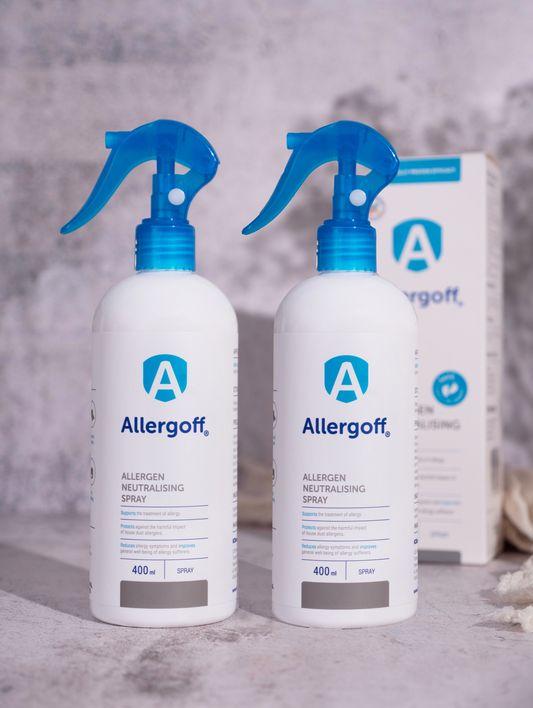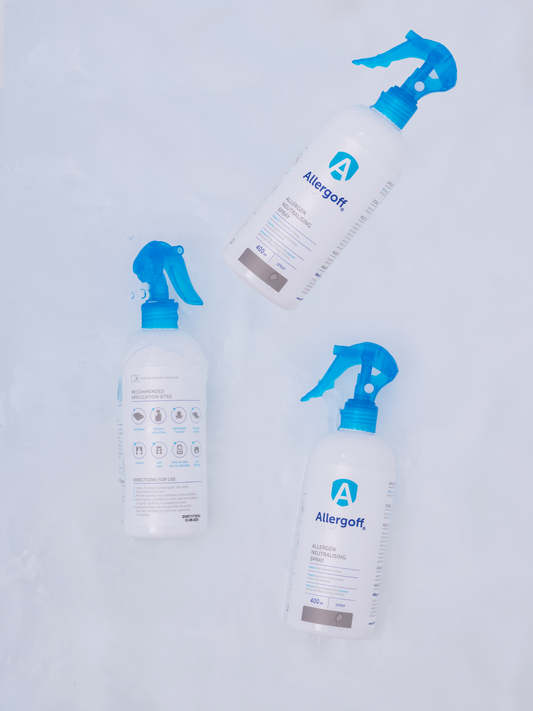
Share
Why infant skin needs special care (and how to give it)
Knowledge Base
Why infant skin needs special care (and how to give it)
A baby’s skin looks perfect, yet it is far more fragile than an adult’s. The outer layer (stratum corneum) is thinner, holds fewer protective lipids, and lets water escape twice as fast. This makes baby skin:
- quick to dry out
- more likely to let irritants and allergens in
- more likely to suffer from eczema if not looked after
Good news: studies show that gentle, daily barrier care during the first years of life can reduce eczema risk and may even lower the chance of asthma and hay-fever development, often called the atopic march.
Bathing do’s and don’ts
Do
- Keep baths short (about five minutes).
- Use lukewarm water, not hot.
- Cleanse with a soap-free product such as Allergoff Atopy Cleanser.
- Pat dry – no rubbing.
- Apply a barrier cream within three minutes while skin is still slightly damp.
Don’t
- Add bubble baths or fragranced oils.
- Scrub flaky patches; urea based creams will soften them safely.
- Skip barrier cream – water will evaporate quickly from baby skin.
Choosing a barrier cream
Look for:
- Humectants like glycerin or urea to draw in water.
- Omega-rich plant oils to refill missing lipids.
- Prebiotics (inulin, alpha-glucan oligosaccharide) that feed friendly skin bacteria.
- No fragrance, parabens, or petrolatum.
Hidden irritants in your baby’s room
- Rough fabrics – line cots with soft cotton; avoid scratchy fabrics against the skin.
- House dust allergens – spray mattresses, soft toys and safety car seats with Allergoff Allergen Neutralising Spray for 6 months allergen protection.
- Overheating – keep room at a suitable temperature and dress baby in breathable layers.
Small habits now build a stronger barrier for years to come.
-
Sale!

Allergoff Allergen Neutralising Spray 400mL
Rated 5.00 out of 5$59.95Original price was: $59.95.$45.95Current price is: $45.95. Add to cart -

Allergoff Atopy Skin Barrier Cream for Face and Body 75ml
Rated 5.00 out of 5$39.95 Add to cart -

Allergoff Atopy Skin Barrier Emulsion for Gentle Face and Body Cleansing 250mL
Rated 5.00 out of 5$48.00 Add to cart -
Sale!

Eczema Care Bundle
Rated 0 out of 5$147.90Original price was: $147.90.$99.00Current price is: $99.00. Add to cart




